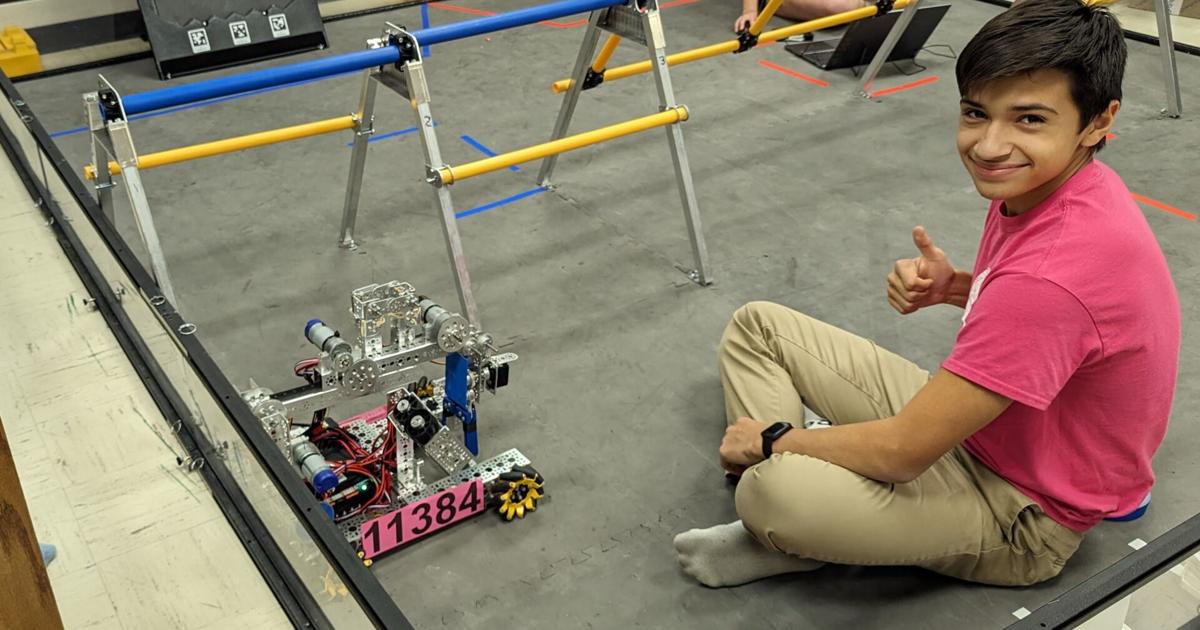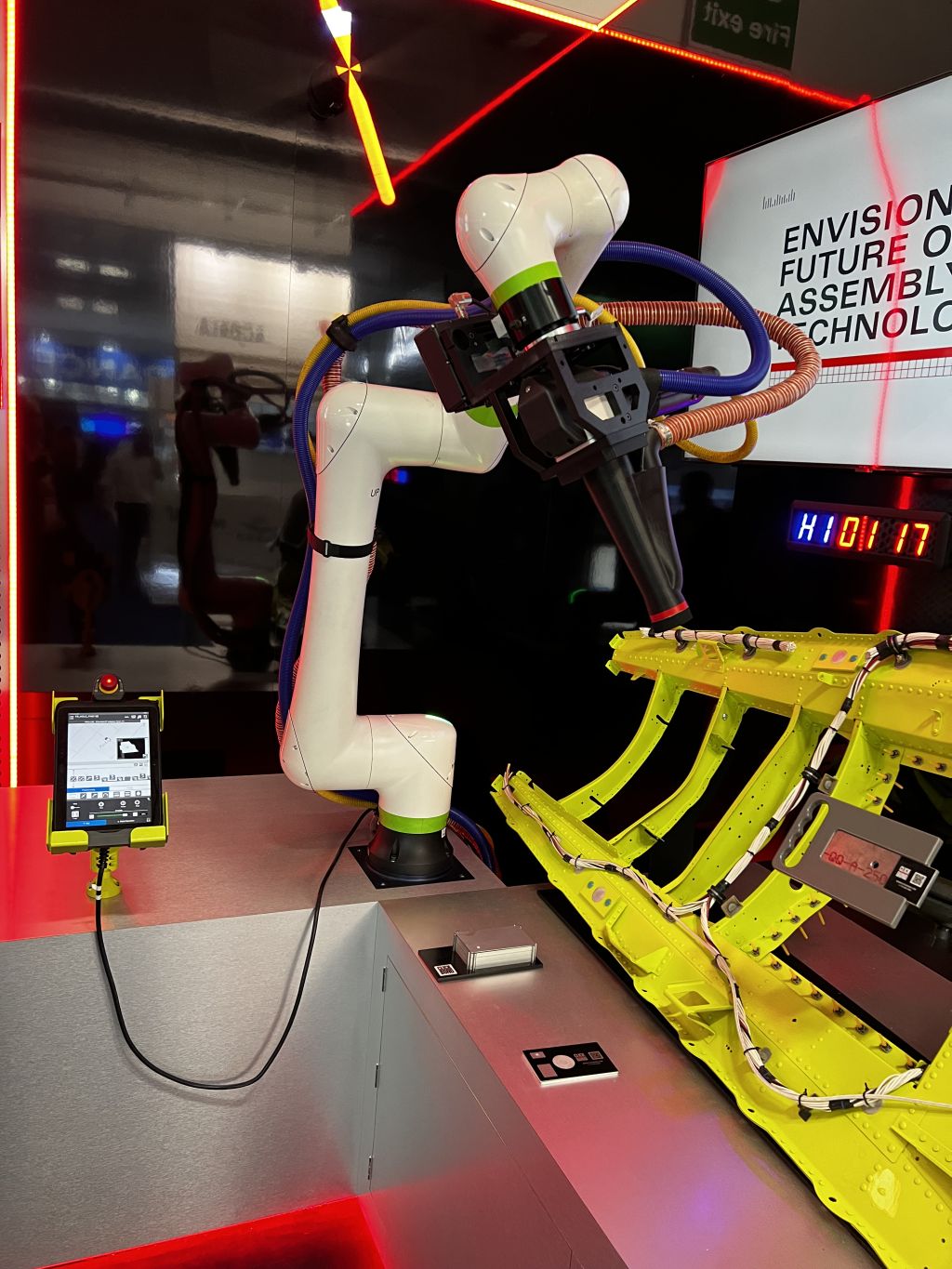NASA & SPACE NEWS
 (NASA) – NASA’s Valkyrie robot is beginning a new mission half a world away from its home at the agency’s Johnson Space Center in Houston.
(NASA) – NASA’s Valkyrie robot is beginning a new mission half a world away from its home at the agency’s Johnson Space Center in Houston.
As part of a reimbursable Space Act Agreement with Woodside Energy in Perth, Western Australia, NASA plans to use a Valkyrie robot to develop remote mobile dexterous manipulation capabilities to accommodate remote caretaking of uncrewed and offshore energy facilities.
Woodside Energy will test the resulting software and provide data and feedback to NASA, helping accelerate the maturation of robotic technology.
Under this second reimbursable collaboration with Woodside, Valkyrie will advance robotic remote operations capabilities which have the potential to improve the efficiency of Woodside’s offshore and remote operations while also increasing safety for both its personnel and the environment. In addition, the new capabilities may have applications for NASA’s Artemis missions and for other Earth-based robotics objectives.
Remotely operated mobile robots on the lunar and Martian surface could enable Earth-based operators to conduct important activities, even when astronauts are not physically present.
These activities include inspection and maintenance of infrastructure and plants that leverage resources and materials to produce new items, enabling astronauts to live off the land. Woodside’s testing will also provide valuable data for NASA engineers on the use of advanced robots in similar terrestrial applications.
“We are pleased to be starting the next phase of development and testing of advanced robotic systems that have the potential to positively impact life on Earth by allowing safer operations in hazardous environments,” says Shaun Azimi, lead of the dexterous robotics team at NASA Johnson.
“These demonstrations will evaluate the current potential of advanced robots to extend the reach of humans and help humanity explore and work safely anywhere.”

To deliver the robot, the NASA dexterous robotics team from Johnson traveled to the Woodside headquarters in Perth, Western Australia. The team prepared the Valkyrie robot and conducted training with the Woodside team on its operations.
The work culminated in a visit with representatives from the government of Western Australia and the U.S. Consul General in Perth.
Valkyrie and other advanced mobile robots can be vital tools in allowing humans to supervise dangerous work remotely and to offload dull and repetitive tasks, enabling humans to work on higher-level tasks, including deploying and maintaining robots. These principles apply to both space and Earth, where companies are recognizing the value of human-scale robots.
Using robots to enhance Artemis missions can help humanity build a long-term presence on the lunar surface and one day on other planets like Mars. Through domestic and international commercial partnerships, NASA is creating the next generation of human-scale robotic capabilities.
Supporting Valkyrie’s development on Earth will create data and lessons learned that NASA teams will apply to current and future robotics and automation development for use in space.
NASA will apply the software development work done on Valkyrie to upcoming hardware releases and perform operational demonstrations with Woodside as a part of the reimbursable collaboration in 2026-2027 to prove the robot’s capabilities in relevant remote, operational settings.
CLICK HERE FOR BREVARD COUNTY NEWS












